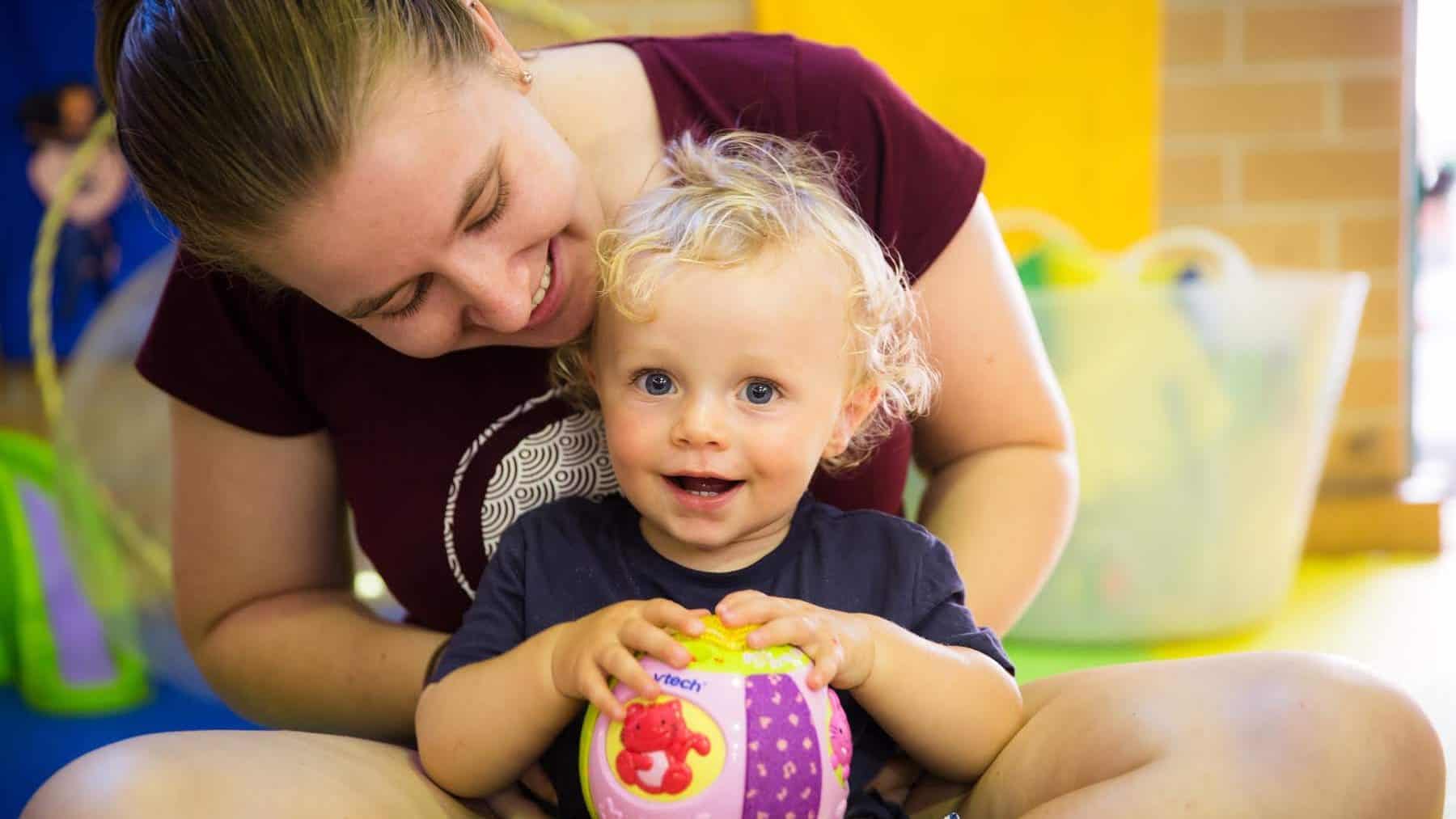Understanding the National Principles for Child Safe Organisations: A Comprehensive Guide for Churches
The National Principles for Child Safe Organisations represent the foundation of Australia’s approach to protecting children in organisational settings. Developed in response to the Royal Commission into Institutional Responses to Child Sexual Abuse, these principles provide a framework that every church must understand and implement.
This guide explores how these principles apply specifically to faith communities and how implementing them creates safer environments for the children in your care.
What Are the National Principles for Child Safe Organisations?

Established in 2019, the National Principles for Child Safe Organisations were developed by the Australian Human Rights Commission to create a unified national approach to child safety. These principles aren’t merely guidelines—they represent a fundamental shift in how organisations approach their responsibility to protect children.
For churches, understanding and implementing these principles is not only a legal requirement in many states but also aligns perfectly with the biblical mandate to protect the vulnerable.
The 10 National Principles for ChildSafe Organisations Explained for Church Contexts
1. Leadership, Governance and Culture
What it means: Child safety begins at the top. Church leadership must visibly prioritise and model child safety in all decisions and actions.
Practical application: Develop a clear child safety policy endorsed by your church board, reference child safety in your mission statements, and regularly address the topic in leadership meetings.
2. Children’s Participation and Empowerment
What it means: Children should understand their rights, have a voice in matters affecting them, and know who to approach with concerns.
Practical application: Create age-appropriate materials explaining child safety, establish feedback mechanisms for children, and ensure children know the designated safety officers.
3. Family and Community Involvement
What it means: Families should be informed partners in your child safety approach.
Practical application: Include parents in policy development, communicate clearly about safety measures, and invite feedback on children’s programmes.
4. Equity and Diverse Needs
What it means: Safety measures must account for children from all backgrounds and abilities.
Practical application: Ensure policies and practices are inclusive, provide accommodations where needed, and train staff to be culturally sensitive.
5. Suitable Staff and Volunteers
What it means: Everyone working with children must be properly screened and supervised.
Practical application: Implement thorough recruitment processes, conduct Working With Children Checks, and establish clear supervision guidelines.
6. Child-Focused Complaint Processes
What it means: Children must have safe ways to raise concerns, and complaints must be taken seriously.
Practical application: Create child-friendly reporting mechanisms, establish clear response protocols, and ensure complaints are handled promptly and thoroughly.
7. Knowledge, Skills and Awareness
What it means: Everyone working with children needs appropriate training in child safety.
Practical application: Provide regular, role-specific training on recognising and responding to harm, with refresher courses.
8. Safe Physical and Online Environments
What it means: Both physical spaces and digital platforms must be designed to minimise risks.
Practical application: Conduct regular safety audits of facilities, implement online safety measures, and establish clear supervision ratios.
9. Continuous Improvement
What it means: Child safety approaches should be regularly reviewed and refined.
Practical application: Schedule annual policy reviews, gather feedback from all stakeholders, and stay current with best practices.
10. Documentation and Policies
What it means: Policies and procedures must clearly document how the organisation maintains child safety.
Practical application: Develop comprehensive written policies, ensure they’re easily accessible, and regularly update them.
Why Churches Must Embrace the National Principles
Churches are uniquely positioned when it comes to child safety requirements:
- Legal obligations: Many states now require religious organisations to implement child safe standards aligned with these principles.
- Moral imperative: Churches have a spiritual mandate to protect the vulnerable.
- Community expectations: Families expect churches to maintain the highest standards of safety.
- Risk management: Proper implementation protects both children and the church community.
When churches fail to embrace these principles, they not only risk legal consequences but also undermine their witness and mission in the community.

Implementing the National Principles in Your Church
Translating these principles into practice requires a systematic approach:
- Start with leadership commitment: Secure buy-in from church leadership and establish a child safety team.
- Assess your current position: Conduct a gap analysis of existing policies and practices against the 10 principles.
- Develop comprehensive policies: Create or update policies to address all 10 principles.
- Implement screening protocols: Establish rigorous recruitment and screening processes.
- Provide appropriate training: Ensure all staff and volunteers receive role-specific child safety training.
- Establish reporting mechanisms: Create clear pathways for concerns to be raised and addressed.
- Review regularly: Schedule annual reviews of all aspects of your child safety framework.
How Technology Can Support Implementation
Implementing the National Principles for Child Safe Organisations can seem overwhelming, especially for smaller churches with limited resources. Specialised platforms like Safe Ministry Check can help by providing:
- Policy templates aligned with the National Principles
- Streamlined volunteer screening processes
- Role-specific online training modules
- Automated compliance tracking and reminders
- Secure record-keeping systems
- Incident response tools
These tools help churches establish robust child safety frameworks while minimising administrative burden.
Common Questions About the National Principles
In states like Victoria and New South Wales, yes—faith-based organisations working with children must comply with child safe standards based on these principles. Even where not explicitly mandated, compliance is increasingly expected by insurers, denominational bodies, and the broader community.
Working With Children Checks are one component of meeting Principle 5 (suitable staff and volunteers). While essential, they’re only part of a comprehensive child safety approach.
Absolutely. Principle 8 specifically addresses online environments. Churches must ensure digital interactions with children maintain the same safety standards as in-person activities.
At minimum, conduct an annual review of policies and practices. Additionally, reviews should occur after any significant incident, change in leadership, or update to relevant legislation.
Conclusion: Beyond Compliance to Culture
While meeting the National Principles for Child Safe Organisations satisfies legal requirements, the true goal is creating a culture where child safety is embedded in every aspect of church life. When properly implemented, these principles don’t just protect children—they enhance their participation and flourishing within your community.
By embracing these principles fully, churches demonstrate their commitment to the wellbeing of all children entrusted to their care, fulfilling both their legal obligations and their spiritual calling.
